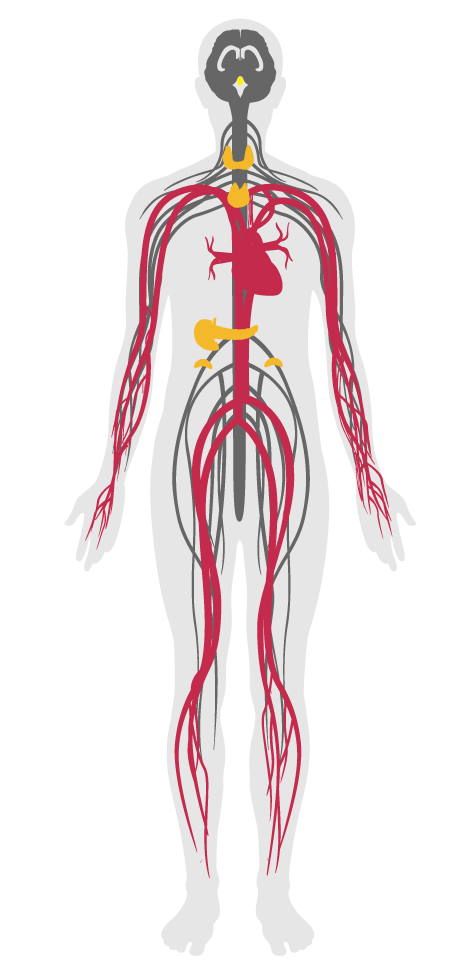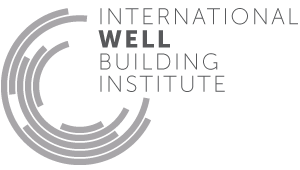Exterior noise intrusion
- 71 Active furnishings
- 72 ADA accessible design standards
- 73 Ergonomics: visual and physical
- 74 Exterior noise intrusion
- 75 Internally generated noise
- 76 Thermal comfort
- 77 Olfactory comfort
- 78 Reverberation time
- 79 Sound masking
- 80 Sound reducing surfaces
- 81 Sound barriers
- 82 Individual thermal control
- 203 Circadian emulation
- 209 Advanced cleaning
74. Exterior noise intrusion
Loud or repetitive exterior noises can be a source of stress, particularly in urban areas where they can be unrelenting. Preventing excessive exterior noise from reaching building interiors can help improve occupant comfort and well-being.
This feature sets indoor sound level limits for noises originating outside of the building. These limits help to ensure that exterior noise does not distract building occupants.
The following spaces have maximum reverberation time (RT60) as described:
Each regularly occupied space meets the following sound pressure level when the space and adjacent spaces are unoccupied:
The project team provides a narrative describing:
Each regularly occupied space meets the following sound pressure level when the space and adjacent spaces are unoccupied:

Applicability Matrix
| Core & Shell | Tenant Improvement | New Construction | |
|---|---|---|---|
| Part 1: Reverberation Time | - | O | O |
| Part 2: Sound Pressure Level in Residences | - | - | - |
| Part 3: Noise Criteria in Living Spaces [DELETE] | - | - | - |
| Part 3: Acoustical Narrative | - | - | - |
| Part 4: Sound Pressure Level in Schools | - | - | - |
| Commercial Kitchen | Schools | Multifamily Residential | Restaurant | Retail | |
|---|---|---|---|---|---|
| Part 1: Reverberation Time | - | - | - | - | - |
| Part 2: Sound Pressure Level in Residences | - | - | O | - | - |
| Part 3: Noise Criteria in Living Spaces [DELETE] | - | - | P | - | - |
| Part 3: Acoustical Narrative | O | P | O | O | - |
| Part 4: Sound Pressure Level in Schools | - | P | - | - | - |
Verification Methods Matrix
| Letters of Assurance | Annotated Documents | On-Site Checks | |
|---|---|---|---|
|
PART 1 (Performance) Reverberation Time |
Performance Test | ||
|
PART 2 (Performance) Sound Pressure Level in Residences |
Performance Test | ||
|
PART 3 (Performance) Noise Criteria in Living Spaces [DELETE] |
Performance Test | ||
|
PART 3 (Protocol) Acoustical Narrative |
Owner | Policy Document | |
|
PART 4 (Design) Sound Pressure Level in Schools |
Architect |
| 74.2.a |
The LEED v4 credit for Acoustic Comfort for homes sets 2 options for the LEED point, one of which requires that the max. background noise level due to exterior noise sources cannot exceed 40 dBA based on peak hr Leq tested in acoustically sensitive rooms. |
| 74.4.a |
ANSI/ASA S12.60-2010 Part 1, Table 1 provides limits on sound levels, which sets the greatest one-hour average A-weighted sound level at 35 dBA in learning spaces greater than 10,000 ft³ and less than or equal to 20,000 ft³. |
| 74.4.b |
ANSI/ASA S12.60-2010 Part 1, Table 1 provides limits on sound levels, which sets the greatest one-hour average A-weighted sound level at 40 dBA in learning spaces greater than 20,000 ft³. |
